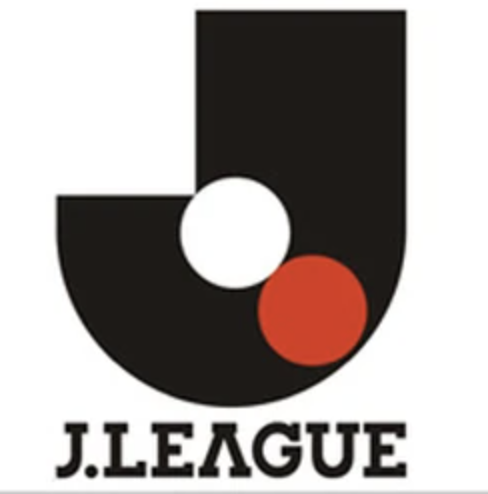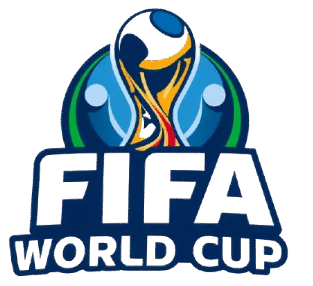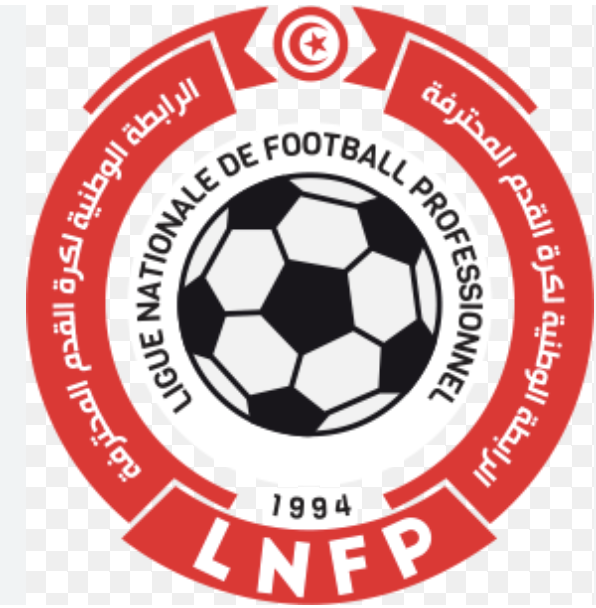Japanese J1 League Asia’s Premier Football Competition
Japanese J1 League: Asia’s Premier Football Competition

The J1 League, officially known as the Meiji Yasuda J1 League for sponsorship reasons, is Japan’s top-tier professional football league and one of Asia’s most prestigious competitions. Celebrated for its technical quality, competitive balance, and vibrant fan culture, the J1 League features iconic clubs like Vissel Kobe, Kashima Antlers, and Yokohama F. Marinos. Ranked as Asia’s top league by the AFC, it has produced consistent performers in the AFC Champions League. This article explores the J1 League’s history, structure, 2025 season highlights, and its pivotal role in Asian football. If you’re seeking insights into Japan’s elite football competition, this guide covers everything you need to know about the J1 League.
Keywords: Japanese J1 League, Asian football, Vissel Kobe, Kashima Antlers, J1 League 2025, Japanese football history.
History of the J1 League: A Legacy of Innovation
What is the history of the J1 League? Founded in 1992 as the J.League, the J1 League replaced the semi-professional Japan Soccer League (JSL) to professionalize football in Japan. The inaugural 1993 season featured 10 clubs, with Verdy Kawasaki (now Tokyo Verdy) winning the first title. Kashima Antlers hold the record with 8 titles, followed by Yokohama F. Marinos (5) and Vissel Kobe, the 2024 champions. The league expanded to 20 teams in 2024, up from 18, and adopted a single-stage format in 2005, moving away from the earlier two-stage system.
Key Milestones: The J1 League introduced promotion-relegation with J2 in 1999 and has driven Japan’s football growth, with clubs like Urawa Reds winning the 2007 AFC Champions League. The league’s “Hundred Year Vision” aims to establish 100 professional clubs by 2092. Total attendance in 2024 reached 6,349,681, reflecting its popularity.
Impact: The J1 League’s professional structure and youth academies have elevated Japan’s national team and club performances in Asia.
SEO: J1 League history, Japanese football champions, Kashima Antlers titles, AFC Champions League, Vissel Kobe 2024.
Structure and Format: How the J1 League Operates
How is the J1 League organized? The J1 League features 20 teams playing a 38-match season in a double round-robin format, with each team facing others twice (home and away). The 2025 season, running from February 14 to December 6, is the last in a calendar-year format, transitioning to a summer-to-spring schedule from 2026–27. The champion and top two teams qualify for the AFC Champions League Elite, with the Emperor’s Cup winner or fourth-placed team earning an additional spot. The bottom three teams are relegated to J2 League without playoffs.
Recent Changes: The 2025 season welcomed promoted teams Shimizu S-Pulse, Yokohama FC, and Fagiano Okayama, the latter making their J1 debut. Clubs can register up to five foreign players per match, with exemptions for players from J.League partner nations like Morocco and Thailand.
Impact: The promotion-relegation system and AFC qualification stakes ensure relentless competition.
SEO: J1 League format, Japanese league structure, AFC Champions League qualification, J1 League relegation, 2025 season schedule.
J1 League 2025: Current Standings and Highlights
What’s happening in the 2025 season? As of May 5, 2025 (Matchday 14/38), Kashima Antlers lead the standings, with Vissel Kobe (defending champions) and Machida Zelvia in close pursuit, per projections from X posts. Recent results include Gamba Osaka’s 2–1 win over Urawa Reds, Avispa Fukuoka’s 1–0 victory against Kashima Antlers, and Cerezo Osaka’s 3–2 defeat to Vissel Kobe (May 6). Upcoming fixtures include Yokohama FC vs. Avispa Fukuoka and FC Tokyo vs. Vissel Kobe (May 10). Thiago Santana led the 2024 season with 14 goals, while current top scorers are not yet finalized.
Key Developments: Albirex Niigata’s upset win over Sanfrecce Hiroshima reduced their relegation risk by 22%, while Kyoto Sanga and Sanfrecce struggle in the title race, per X projections. Fagiano Okayama, a debutant, faces challenges adapting to J1’s intensity.
Impact: The tight title race and relegation battles keep fans engaged, with Tokyo derbies (FC Tokyo, Tokyo Verdy, Machida Zelvia) adding local drama.
SEO: J1 League 2025 standings, Vissel Kobe results, Kashima Antlers title race, Thiago Santana goals, Japanese league fixtures.
Iconic Clubs and Players: The Heart of the J1 League
Which clubs define the J1 League? Kashima Antlers (8 titles), Yokohama F. Marinos (44 consecutive top-flight seasons), and Vissel Kobe (back-to-back champions) are the league’s giants. Urawa Reds, Sanfrecce Hiroshima, and newcomers like Machida Zelvia add depth. Promoted teams Shimizu S-Pulse and Fagiano Okayama bring fresh narratives.
Notable Players: Legends like Shunsuke Nakamura and current stars like Yuya Osako (Vissel Kobe) shine, with Thiago Santana (2024 top scorer) leading the attack. Emerging talents from Tokyo Verdy and Yokohama FC attract attention, supported by relaxed foreign player rules for partner nations like Morocco.
Impact: The J1 League’s mix of homegrown and international talent, backed by clubs’ youth systems, fuels its reputation as Asia’s top league.
SEO: Kashima Antlers, Vissel Kobe, J1 League star players, Thiago Santana, Tokyo derby.
The J1 League’s Asian and Global Influence
Why is the J1 League significant in Asia? As the AFC’s top-ranked league, the J1 League excels in the AFC Champions League, with Kawasaki Frontale reaching the 2024–25 Elite stage, though falling 2–0 to Al Ahli Saudi FC. The league’s average of 2.67 goals per match and high attendance (e.g., Urawa Reds’ Saitama Stadium) reflect its quality and fan passion. Broadcasts on DAZN, NHK, and J.League’s YouTube channel (via Abema) reach global audiences, excluding select regions.
Cultural Impact: The J1 League’s fan culture, seen in posts on X about vibrant stadium atmospheres, and its “Hundred Year Vision” for grassroots growth enhance its global appeal. Australian coaches like Kevin Muscat (Yokohama F. Marinos) and Ange Postecoglou (formerly Cerezo Osaka) highlight its international coaching diversity.
Impact: The J1 League’s technical excellence and cultural vibrancy make it a model for Asian football development.
SEO: J1 League AFC ranking, AFC Champions League teams, Japanese football fans, DAZN J1 League broadcast.
Why the J1 League Matters in 2025
The Japanese J1 League blends technical brilliance, competitive parity, and passionate fandom, cementing its status as Asia’s premier football competition. With Kashima Antlers leading the 2025 race, Vissel Kobe defending their title, and historic Tokyo derbies igniting rivalries, the J1 League delivers unmatched excitement. As the last calendar-year season before a 2026 schedule shift, 2025 is a pivotal moment for Japanese football. Whether you’re a fan of J1 giants or exploring Asia’s top leagues, the J1 League offers drama, quality, and global influence.
Call to Action: Who’s your favorite J1 League team or player? Can Kashima Antlers dethrone Vissel Kobe? Share your thoughts in the comments and follow the J1 League’s thrilling season!
Additional Keywords: Japanese football league, J1 League live scores, Vissel Kobe vs. Kashima Antlers, Asian football powerhouses.





